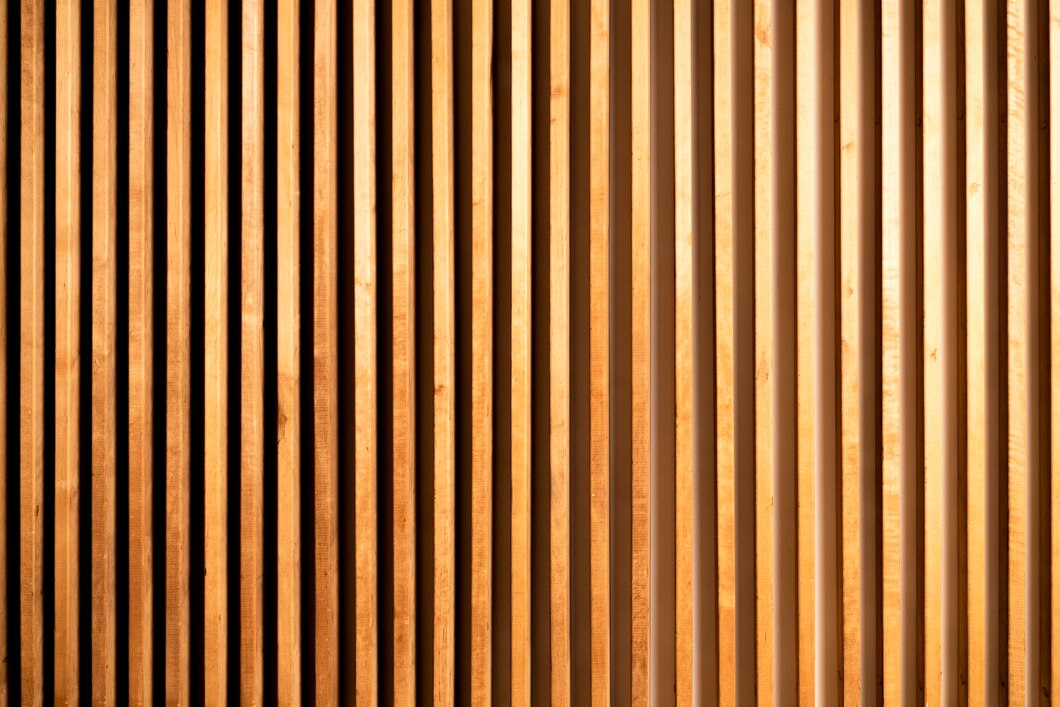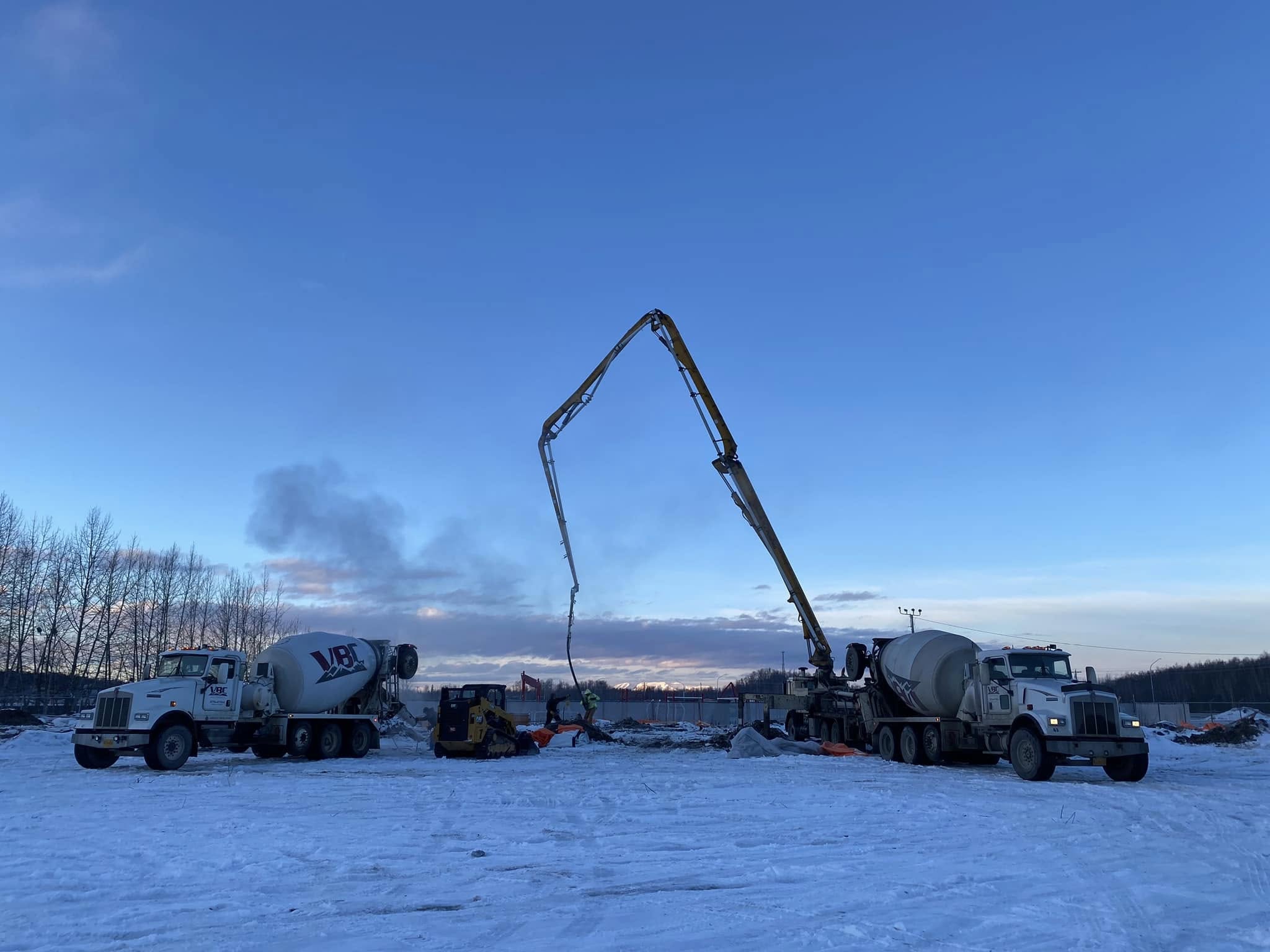Timber Retaining Walls: A Comprehensive Guide
Timber retaining walls are a versatile and aesthetically pleasing solution for managing sloped landscapes, preventing soil erosion, and enhancing outdoor spaces. Their natural look, affordability, and ease of installation make them a popular choice among homeowners and landscaping professionals. In this guide, we delve into every aspect of timber retaining wall to help you make an informed decision for your next project.
What Are Timber Retaining Walls?
Timber retaining walls are structural elements constructed from treated wood to retain soil, create level terraces, and manage water runoff. These walls are ideal for residential landscaping, offering both functionality and style. Unlike other materials like concrete or stone, timber provides a natural, rustic charm that blends seamlessly with outdoor environments.
Advantages of Timber Retaining Walls
1. Cost-Effective Solution
Timber retaining walls are one of the most affordable options for retaining walls. The materials are readily available, and the installation process requires less specialized labor compared to stone or concrete alternatives.
2. Easy to Install
Timber retaining walls are straightforward to install, even for DIY enthusiasts. With basic tools and knowledge, homeowners can construct these walls, saving on professional labor costs.
3. Aesthetic Appeal
The natural texture and warmth of wood add a timeless beauty to outdoor spaces. Timber walls can be stained or painted to match the surrounding landscape or architectural style.
4. Environmentally Friendly
Treated timber is often sourced from sustainable forests, making it an eco-friendly choice. Additionally, its biodegradability ensures minimal long-term environmental impact.
Choosing the Right Timber for Retaining Walls
1. Types of Timber
- Pine: Treated pine is a popular choice due to its affordability and availability.
- Hardwood: Known for its durability, hardwood offers superior longevity and resistance to decay.
- Cedar and Redwood: These are naturally resistant to rot and insects, making them excellent for outdoor use.
2. Timber Treatment
Ensure the timber is pressure-treated with preservatives to withstand moisture, pests, and fungal decay. Look for labels indicating compliance with safety standards for outdoor applications.
3. Dimensions and Grades
The size and grade of timber depend on the wall’s height and load requirements. Opt for thicker, high-grade timber for taller walls or those subjected to heavy loads.
Step-by-Step Installation Guide
1. Plan and Design
Start by determining the wall’s location, length, and height. Measure the slope and decide on the type of drainage system. Always check local building codes, as permits may be required for walls exceeding a certain height.
2. Gather Materials and Tools
Materials:
- Treated timber
- Galvanized nails or screws
- Gravel and landscape fabric
- Drainage pipes (if necessary)
Tools:
- Shovel
- Level
- Circular saw
- Drill
3. Excavate the Site
Clear the area of vegetation and debris. Dig a trench for the base of the wall, ensuring it’s deep enough to support the structure. A standard depth is about 6–12 inches, depending on the wall height.
4. Lay the Foundation
Fill the trench with compacted gravel for stability and drainage. Use a level to ensure an even base.
5. Construct the Wall
- Begin with the first row of timber, anchoring it securely into the ground with metal stakes or rebar.
- Stagger joints between rows for structural integrity.
- Attach subsequent rows using galvanized screws or nails, ensuring each layer is level.
6. Backfill and Install Drainage
Add gravel behind the wall to improve drainage and prevent water pressure buildup. Install a perforated pipe at the base if necessary. Cover with landscape fabric to keep soil from clogging the gravel.
7. Finish the Wall
Cut and trim the top layer for a clean finish. Stain or seal the timber to enhance its lifespan and appearance.
Maintenance Tips for Timber Retaining Walls
1. Regular Inspections
Check for signs of decay, warping, or insect damage. Promptly replace any compromised sections.
2. Reapply Sealant
Reapply a waterproof sealant every few years to protect the timber from moisture and UV damage.
3. Manage Vegetation
Avoid planting water-intensive vegetation near the wall, as excessive moisture can compromise the wood’s integrity.
4. Maintain Drainage Systems
Ensure the drainage gravel and pipes remain clear of debris to prevent water buildup.
When to Choose Timber Over Other Materials
Timber retaining walls are best suited for:
- Low to medium-height walls (under 4 feet).
- Areas where aesthetic integration with nature is a priority.
- Projects requiring a cost-effective and time-efficient solution.
For taller or load-bearing walls, consider materials like concrete or stone for added strength and durability.
Enhancing Your Timber Retaining Wall
1. Add Landscaping Features
Incorporate planters or built-in seating to maximize functionality and beauty.
2. Use Decorative Finishes
Stain the timber in natural or bold hues to match your landscaping theme.
3. Include Lighting
Install outdoor lighting along the wall to highlight its structure and improve safety during nighttime.
Conclusion
Timber retaining walls combine practicality with aesthetic appeal, making them an excellent choice for many landscaping projects. With proper installation and maintenance, these walls can serve your property for decades, enhancing both functionality and value.














Post Comment